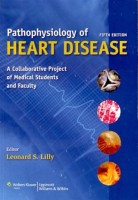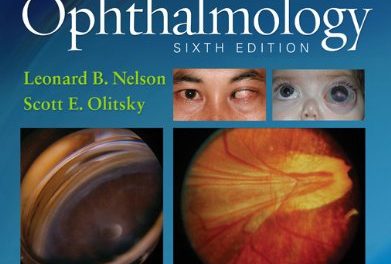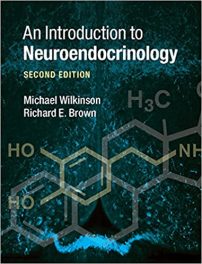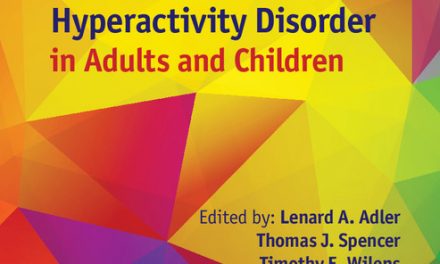 Editor: Leonard S. Lilly, MD
Editor: Leonard S. Lilly, MD
Publisher: Wolters Kluwer | Lippincott Williams & Wilkins
Book Review by: Nano Khilnani
This book is based on an ongoing project since 1993 among 92 medical students and a number of doctors specializing in cardiology, particularly in diseases of the heart.
Dr. Leonard S. Lilly, a professor of medicine at Harvard Medical School and chief of the Faulkner/Cardiology section at Brigham and Women’s Hospital in Boston, led the collaborative effort among 13 medical students and 15 cardiac specialists that produced this fifth edition.
After years of use since the release of its first edition two decades ago in 1993, this book has now become a required text at many medical schools not only in the United States but also in other countries. In some schools it is at least a recommended text.
Pathophysiology of Heart Disease: A Collaborative Project of Medical Students and Faculty is different from numerous other texts on the cardiovascular system available for medical students, paramedic professionals, nurses, physicians-in-training and even highly trained and experienced cardiac experts.
It is different in these specific respects:
- It is designed specifically for medical students exposed to this subject for the first time, while those with basic knowledge can use it for review
- It is a ‘simplified bridge’ between courses in basic physiology and the care of patients in clinical settings
- It is intended to help medical students and physicians-in-training develop a solid foundation of core knowledge of the heart and the circulatory system
- It benefits students the most when this text is read in its entirety while taking standard courses in cardiovascular pathophysiology
- It contains knowledge of the basic mechanisms by which diseases of the heart and circulation system develop, enabling better clinical diagnosis and therapy later
- Most importantly, this book is the result of a need expressed by medical students for such a text, as well as their desire to participate in designing and creating it
- It begins right with a chapter on the structure- functions of each part of the heart and ends with one on the different drugs used to treat cardiovascular diseases
There are 17 chapters in this very well-organized and laid out text. The first few chapters cover the basic anatomy and physiology of the heart and provide you the knowledge and the tools needed to understand the clinical aspects of material to be presented later. The subsequent chapters present, address and discuss the main groups of heart and vascular diseases and how they can be treated.
The initial four chapters deal respectively with: heart structure and functions; the cardiac cycle and the associated sounds and murmurs; catherization and imaging; and the electrocardiogram and its uses.
Chapters 5 through 8 deal with the following heart ailments, diseases, and syndromes: atherosclerosis, ischemic heart disease, acute coronary syndromes, and valvular heart disease.
Chapters 9 through 12 cover heart failure and its causes; cardiomyopathies or diseases of the heart muscle; mechanisms of arrhythmias or loss of rhythm in heartbeats; and the clinical aspects of arrhythmias.
Chapters 13 through 16 provide information on, and discuss the following subjects: hypertension, diseases of the pericardium, diseases of the peripheral vasculature or outlying arteries and veins, and congenital heart disease.
Chapter 17 as the final section of this text presents seven groups of drugs that treat various diseases of the heart and associated blood vessels. It covers, among other types, inotropic drugs or those that increase the force of contraction of cardiac muscle; vasodilator drugs or those that dilate or expand blood vessels; anti-adrenergic drugs or those that selectively inhibit the responses of effector cells.
Also drugs that treat arrhythmias; reduce thrombosis (blood clotting); help in excretion (diuretics) regulate lipids (fat-soluble solutions).
In this book are various useful boxes, charts, diagrams, electrocardiogram readings, figures, graphics, illustrations, photos, x-rays and other visuals that aid in understanding and absorbing the material presented.
This is an excellent book for medical students, doctors and others in the healthcare profession who seek to learn and advance their knowledge of cardiovascular diseases and their treatment. We congratulate the various medical students and physicians who contributed to making it an excellent textbook.






